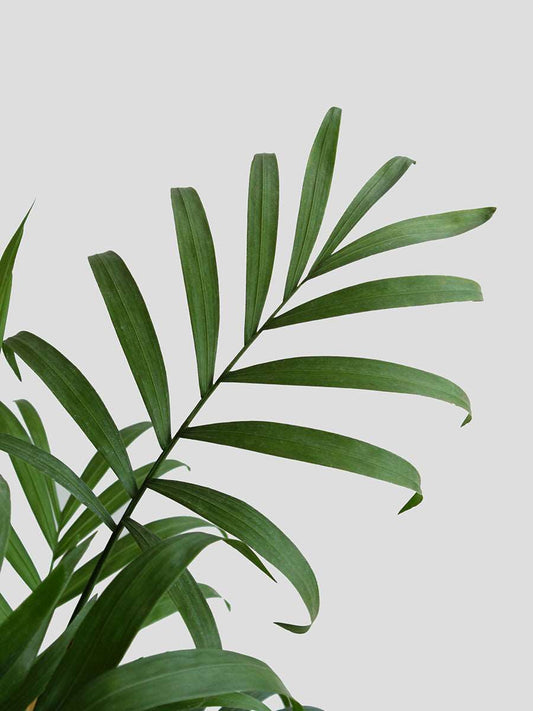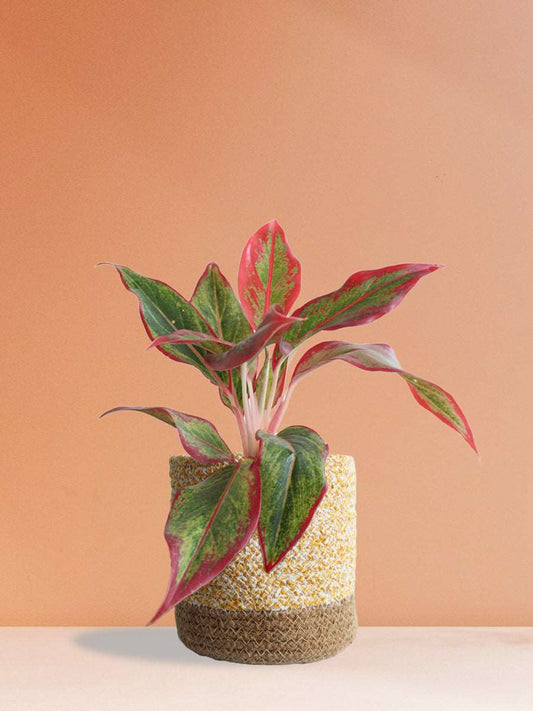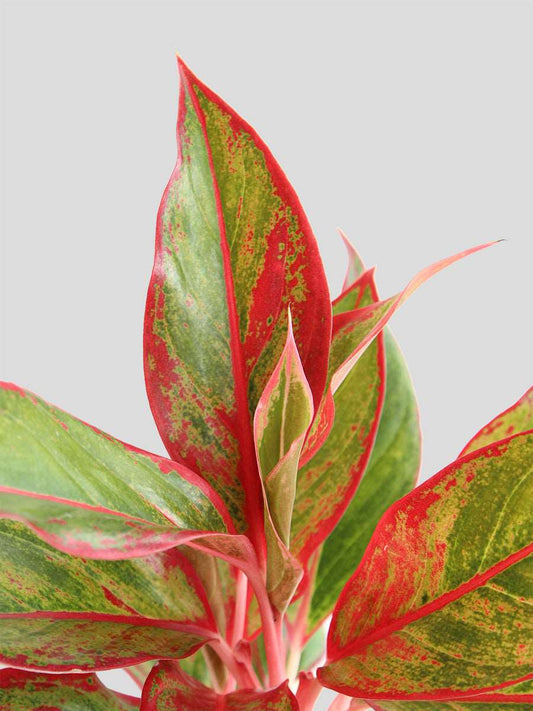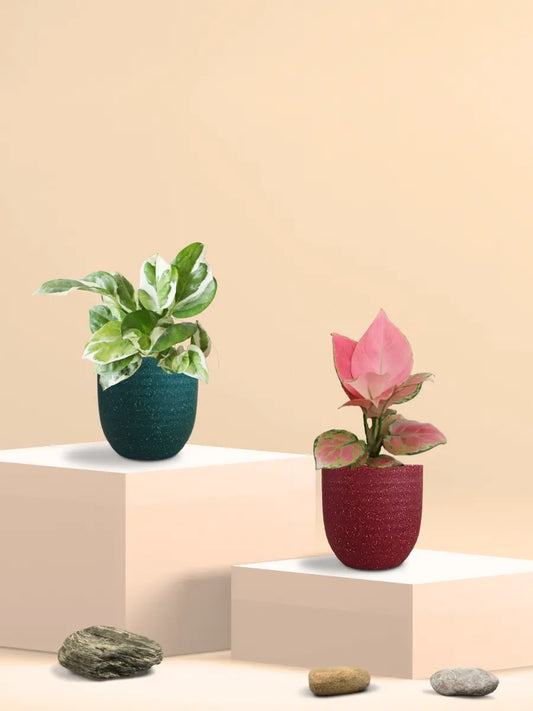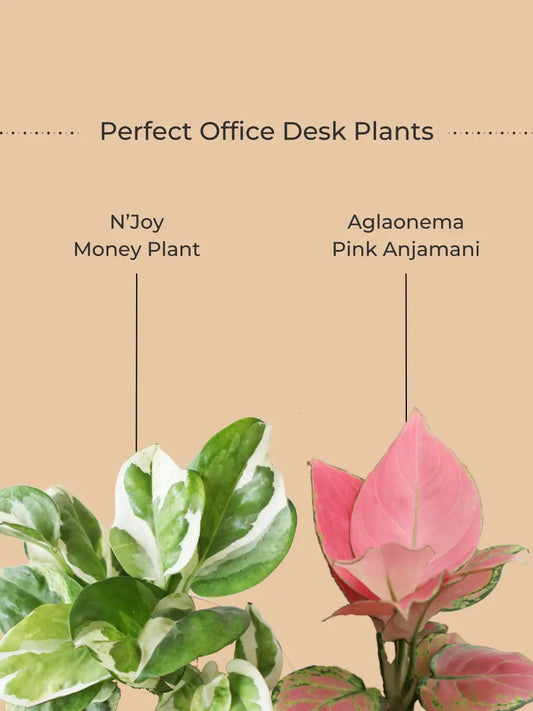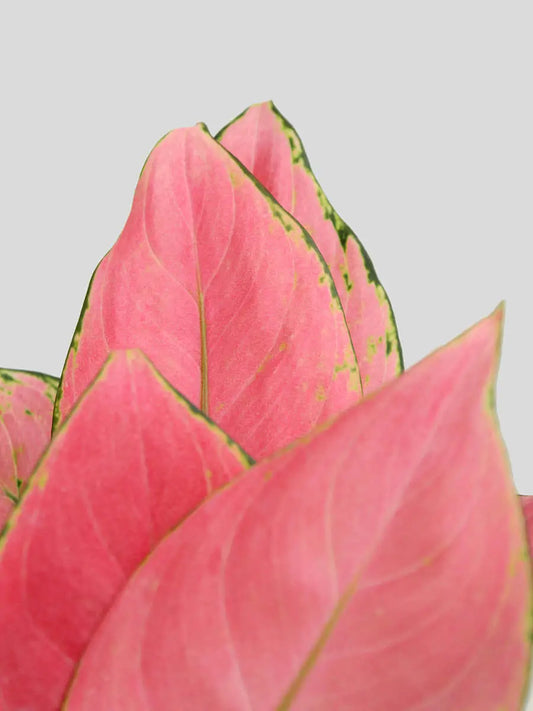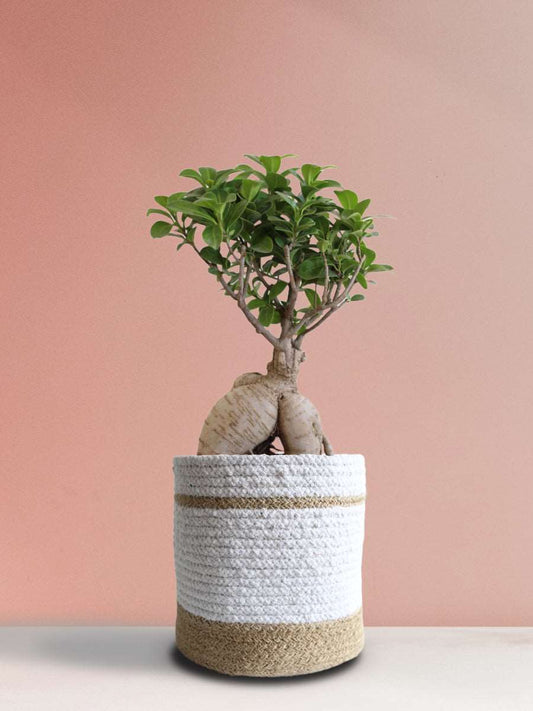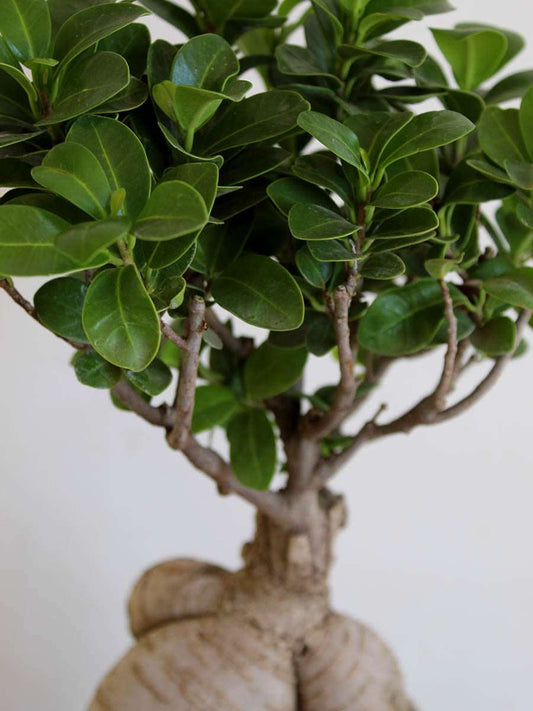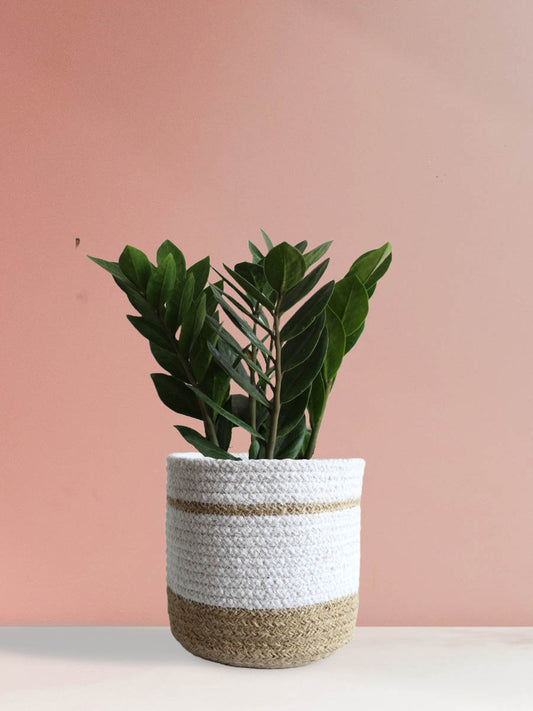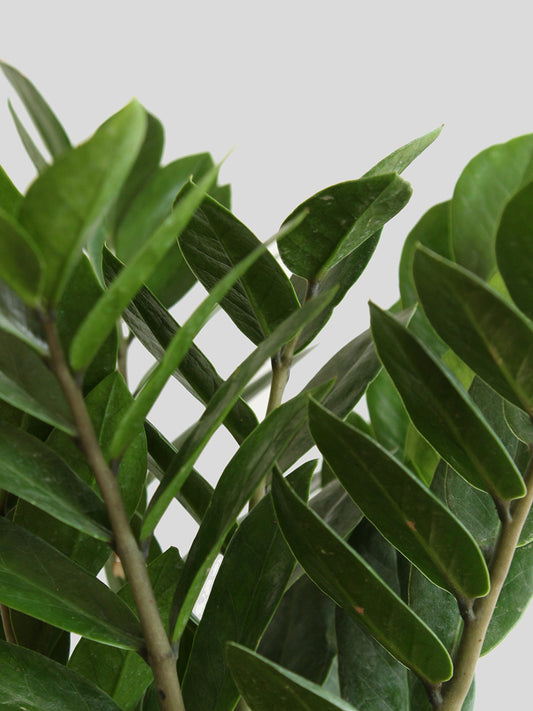Aglaonema Pink Anjamani Care Guide
Aglaonema Pink Anjamani, or Aglaonema Pink Beauty, is a part of the Chinese Evergreens, and can be grown both indoors and in shaded outdoors. Owing to its exotic red-pink leaves, the plant has become a sensation for indoor plant lovers. Aglaonema Pink Anjamani can certainly brighten up any room with its colorful foliage.
Also known as Aglaonema Elegance and Aglaonema Red Majesty, Aglaonema Pink Anjamani is a beginner-friendly plant that requires low maintenance and is easy to care for.
It can tolerate a varied range of environmental conditions and can do well even with some neglect. Read on to know the detailed care techniques for Aglaonema Pink Anjamani.
How much sunlight does Aglaonema Pink Anjamani need?
Aglaonema Pink Anjamani loves bright light but cannot tolerate direct sunlight. So it is best to keep the plant in a living room or bedroom with medium to bright indirect sunlight. Direct morning sunlight can still be tolerated by Aglaonema Pink Anjamani, but direct afternoon sunlight will burn the leaves.
[product=aglaonema-pink-anjamani-medium]
Buy or gift a beautiful, easy to care Aglaonema Pink Anjamani plant
[/product]
How often should you water Aglaonema Pink Anjamani?
Aglaonema Pink Anjamani does not need a lot of water. Watering once or twice a week is enough for the plant. The plant can tolerate some bit of drought as well. However, overwatering the plant will result in the rotting of roots. So keep the soil moist and not wet. Water only when the top layer of the soil looks dry.
How big does Aglaonema Pink Anjamani get?
Unlike other varieties of Chinese Evergreen plants, Aglaonema Pink Anjamani does not grow very tall. The plant grows only 1 to 1.5 feet tall. New shoots start to appear from the soil and the pot becomes bushier as the plant grows.
Is Aglaonema Pink Anjamani easy to care for?
Aglaonema Pink Anjamani is a beginner-friendly plant and requires very little attention. The plant is perfect for growing in a tropical climate, and so it does well in India.
What temperature range can Aglaonema Pink Anjamani tolerate?
Aglaonemas in general love warm temperatures. Temperatures that are too cold or too hot are not good for the plant. Aglaonema Pink Anjamani can tolerate temperatures between 25 degrees to 35 degrees Celsius. However, the plant can survive even in lower temperatures of up to 10 degrees and higher temperatures of up to 40 degrees.
Does Aglaonema Pink Anjamani need humidity?
Aglaonema Pink Anjamani loves humid conditions and thrives in high humidity. Though the plant can tolerate dry weather and low-humidity conditions, we advise that the plant's leaves should be gently sprayed with water every day in such conditions to provide adequate humidity.
How should you propagate Aglaonema Pink Anjamani?
Aglaonema Pink Anjamani can be propagated using stem cuttings or by using a division of offshoots. The plant's leaves droop when they are propagated, but they start to become normal as the new plant starts developing roots.
How often should you add fertilizer to Aglaonema Pink Anjamani?
Aglaonema Pink Anjamani are slow feeders. Giving them small amounts of fertilizer every 3 months is enough. Over-fertilizing the plant will burn its roots. So do not be too generous with the fertilizers, use only a pinch every three months.
What should you do if Aglaonema Pink Anjamani's leaves are turning yellow?
Aglaonema Pink Anjamani's leaves droop only when the plant is subjected to over-watering or under-watering. Leaves also turn yellow if there is a sudden temperature drop.
What should you do if Aglaonema Pink Anjamani's leaves are drooping?
Again, Aglaonema Pink Anjamani's leaves droop because of over-watering or under-watering. Look at the soil to know if the plant is being over-watered or under-watered.
If the soil is wet, it is most likely being over-watered. If the soil looks extremely dry, then it is being underwatered. Use a well-draining soil media for the plant so that there is absolutely no water logging.
If the soil looks good, then the only reason for drooping leaves is improper light conditions. Put the plants in bright indirect light, but no direct sunlight.
What should you do if Aglaonema Pink Anjamani's leaves have dry tips?
Dry tips generally occur because of burning of leaves. This is mostly the case of over-exposure to fertilizers.If you have recently fertilized the plant, it is best to remove some of the top soil where there are larger traces of fertilizer still left.
If you have not fertilized the plant recently, then the most probable reason for dry leaf tips is over-watering. Use mild amounts of fertilizer for Aglaonema Pink Anjamani.
Is Aglaonema Pink Anjamani safe for pets?
Aglaonema Pink Anjamani could be toxic if consumed in large quantities. Though pets do not eat this plant, it is advisable to keep a check on it.





